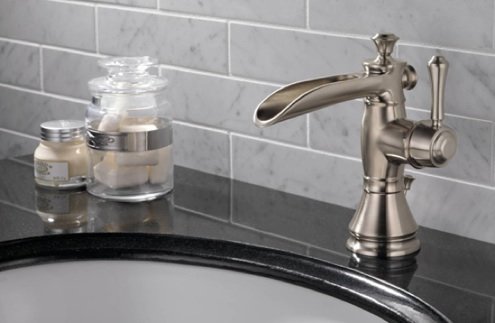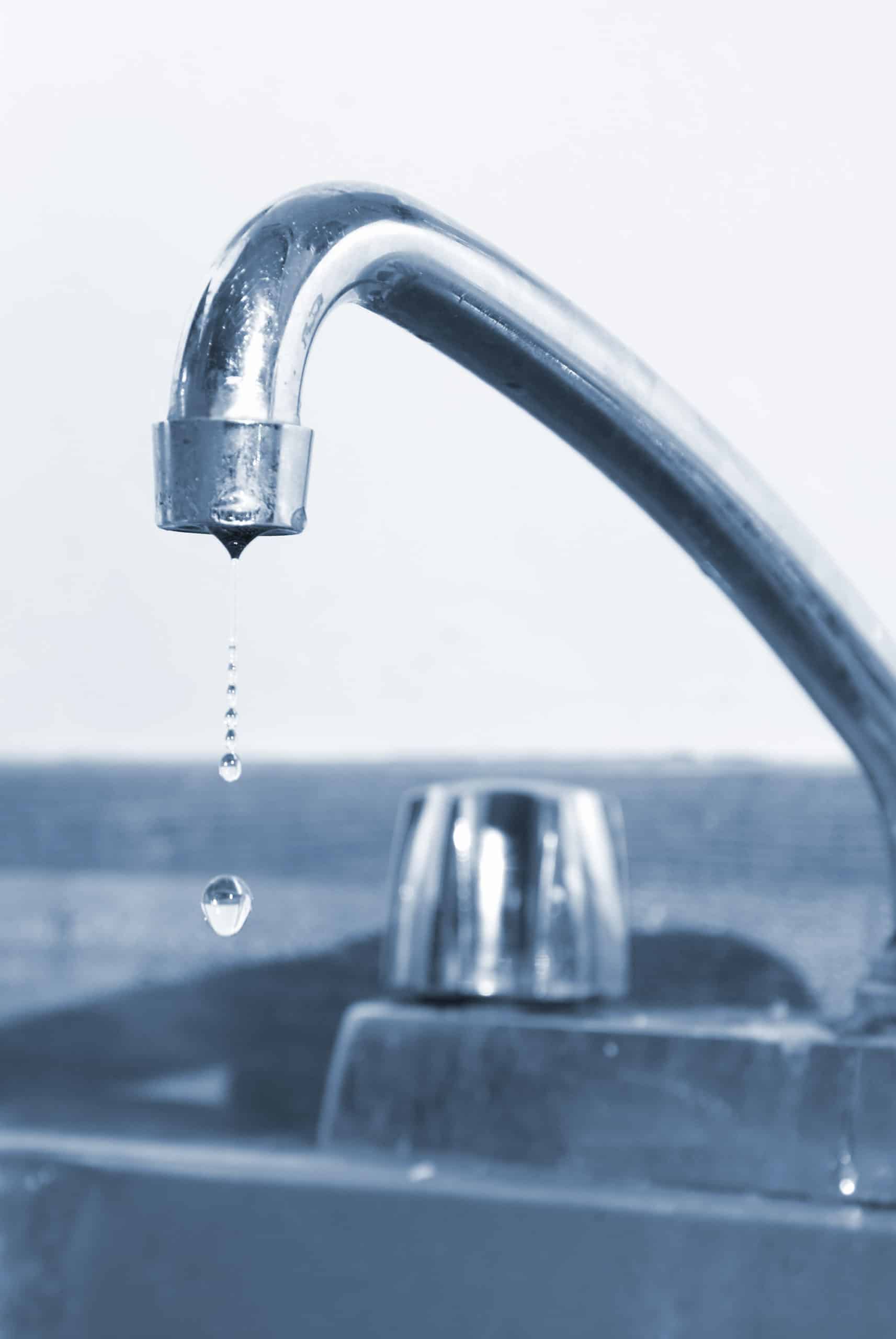My Causes Behind Repairing a Broken Faucet
My Causes Behind Repairing a Broken Faucet
Blog Article
In this article underneath you can locate a bunch of decent data on the subject of Water Dripping from Faucet: Why and How to Fix.

Trickling taps may seem like a minor aggravation, but their effect surpasses just the nuisance of the audio. From drainage to incurring unnecessary monetary expenses and wellness threats, ignoring a leaking faucet can cause different effects. In this write-up, we'll look into why it's crucial to address this common household concern immediately and successfully.
Waste of Water
Environmental Impact
Dripping taps add dramatically to water waste. According to the Environmental Protection Agency (EPA), a single tap leaking at one drip per second can throw away greater than 3,000 gallons of water each year. This not only strains water sources but additionally impacts communities and wild animals based on them.
Step-by-Step Overview to Repairing a Dripping Tap
Tools Called for
Before trying to fix a dripping tap, collect the required devices, including an adjustable wrench, screwdrivers, substitute parts (such as washers or cartridges), and plumber's tape.
Usual Tap Issues and Their Solutions
Recognize the sort of tap and the specific problem creating the drip. Usual troubles consist of damaged washers, corroded valve seats, or faulty O-rings. Refer to manufacturer instructions or online tutorials for step-by-step guidance on repairs.
Financial Expenses
Enhanced Water Bills
Beyond the ecological influence, leaking faucets can inflate water costs considerably. The collected waste in time translates right into higher utility expenses, which can have been prevented with timely fixings.
Prospective Residential Or Commercial Property Damages
Additionally, prolonged leaking can lead to harm to components and surface areas surrounding the faucet. Water accumulation can create discoloration, rust, and even architectural problems if left unattended, resulting in additional repair work expenses.
Health and wellness Worries
Mold And Mildew and Mildew Growth
The constant existence of moisture from a leaking tap produces a perfect setting for mold and mold development. These fungis not only jeopardize indoor air top quality yet additionally pose wellness threats, particularly for individuals with respiratory problems or allergies.
Waterborne Conditions
Stationary water in leaking faucets can come to be a breeding ground for microorganisms and various other pathogens, boosting the threat of waterborne illness. Contaminants such as Legionella germs thrive in stagnant water, potentially causing major health problems when consumed or breathed in.
Do it yourself vs. Professional Repair
Advantages and disadvantages of DIY Repair Work
While some might attempt to repair a dripping tap themselves, do it yourself repair services feature their very own collection of obstacles. Without correct expertise and devices, DIY attempts can aggravate the concern or cause incomplete fixings, prolonging the issue.
Advantages of Working With an Expert Plumber
Hiring a specialist plumber guarantees that the underlying reason for the trickling faucet is dealt with efficiently. Plumbings have the know-how and devices to detect and repair tap problems successfully, saving time and lessening the threat of further damage.
Ecological Duty
Specific Payment to Preservation
Taking responsibility for dealing with dripping taps lines up with wider efforts towards water preservation and environmental sustainability. Every individual's actions jointly make a significant effect on protecting valuable resources.
Sustainable Living Practices
By prioritizing prompt repair services and taking on water-saving routines, people contribute to lasting living practices that profit both existing and future generations.
Safety nets
Regular Upkeep Tips
To avoid leaking faucets, execute regular maintenance such as cleansing aerators, checking for leaks, and changing worn-out parts without delay. Furthermore, take into consideration installing water-saving gadgets or updating to more effective components.
Significance of Prompt Fixes
Resolving dripping faucets as soon as they're seen protects against additional water wastefulness and possible damages, eventually conserving both water and cash in the long run.
Effect On Residential Property Worth
Perception of Well-Maintained Building
Preserving a home in good condition, including resolving upkeep concerns like trickling taps, enhances its perceived worth and value among potential buyers or renters.
Influence on Resale Value
Properties with well-maintained plumbing fixtures, including faucets, command higher resale values in the realty market. Addressing trickling taps can contribute to a favorable impact during home inspections and settlements.
Final thought
Addressing a leaking faucet exceeds plain convenience; it's an important step toward saving water, minimizing economic prices, and guarding wellness and residential or commercial property. Whether with DIY repair work or expert support, taking action to fix dripping taps is a tiny yet impactful method to promote liable stewardship of sources and contribute to a much healthier, more sustainable future.
Most Common Reasons for a Leaky Faucet and How to Stop the Drip
Whether it’s your kitchen faucet leaking or a bathroom faucet leaking, one leaky faucet can waste anywhere from three to 30 gallons of water every single day. If the constant drip-drip-drip doesn’t get your attention, your water bill will. The good news is that, by following a few simple steps, chances are pretty good you can fix the problem yourself.
Why is it dripping?
Before you start taking things apart, let’s break down some of the most common causes of a leaky faucet.
Bad O-ring.
A cartridge is a valve that controls the flow of water into the faucet spout. On cartridge faucets there’s an O-ring—the little disc attached to the stem screw that holds the faucet handle in place. If it’s loose or worn-out, it can cause your sink handle to leak. Of course, the cartridge itself could be worn out. If that’s the case, make sure you replace it with the exact same kind.
Corroded valve seat.
The valve seat connects the faucet and the spout. If the leak seems to be coming from the spout, it might be because a buildup of water sediment has corroded the valve seat.
Worn-out washers or seals.
A leaky spout could be caused by a bad washer that rests against the valve seat. It’s just a matter of time before friction takes its toll. It could also be the wrong size washer or one that’s been installed incorrectly. Water sediments can also corrode inlet and outlet seals.
Water pressure.
If the faucet only drips now and then, or when you turn the handles a certain way, you should probably check your home’s water pressure.
Loose or broken parts.
The adjusting ring and packing nuts in the stream screw can become loose over time, causing your sink handle to leak. Try tightening or replacing the packing nut. If the leak is coming from the pipes underneath the sink, you probably have a broken pipe or fitting. If that’s the case, you should definitely call a plumber.
Know your faucet.
Faucets come in a variety of types. Each one has its own assembly—and its own possible causes of leaks. Learning about the four most common kinds of faucets will help you know how to take them apart and make any repairs.
How to stop a leaky faucet
Fixing that leaky faucet doesn’t have to take a lot of time, money, or expertise. It’s usually a simple matter of replacing a worn-out washer or gasket, a loose O ring, or another part. Chances are really good you can do this yourself if you follow these simple steps.
Shut off the water.
Before you tackle the faucet, cut off the water supply to the sink. There should be one valve for hot and one for cold. Hand-turn them clockwise with your hands till they close. If there are no valves under the sink, head to the basement and shut off the main water supply to the house. Then turn on the faucet until it empties out the water that’s still in the line and you’re ready to start. It’s a good idea to cover the sink drain with a plug or a rag so you don’t lose any small pieces and parts while you’re working.

As an avid reader on Why It's Important to Fix Leaky Faucets, I assumed sharing that article was important. Do you know anybody else who is looking into the subject? Please feel free to share it. Thank you so much for taking the time to read it.
Report this page